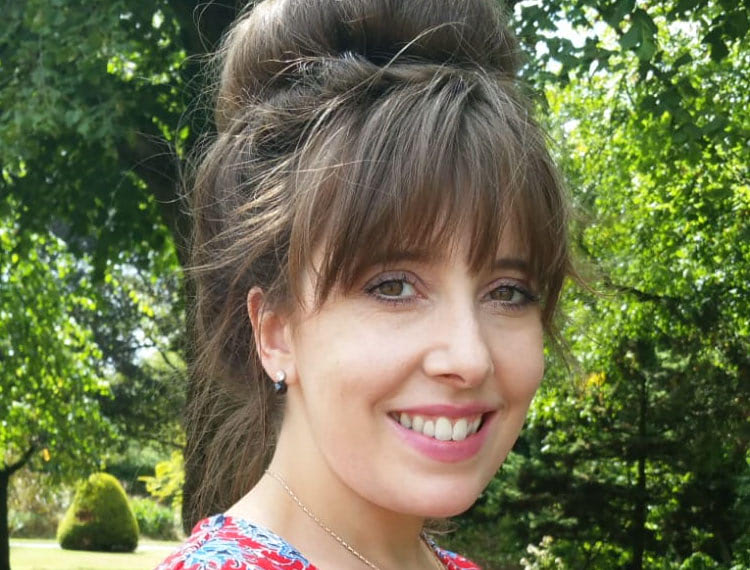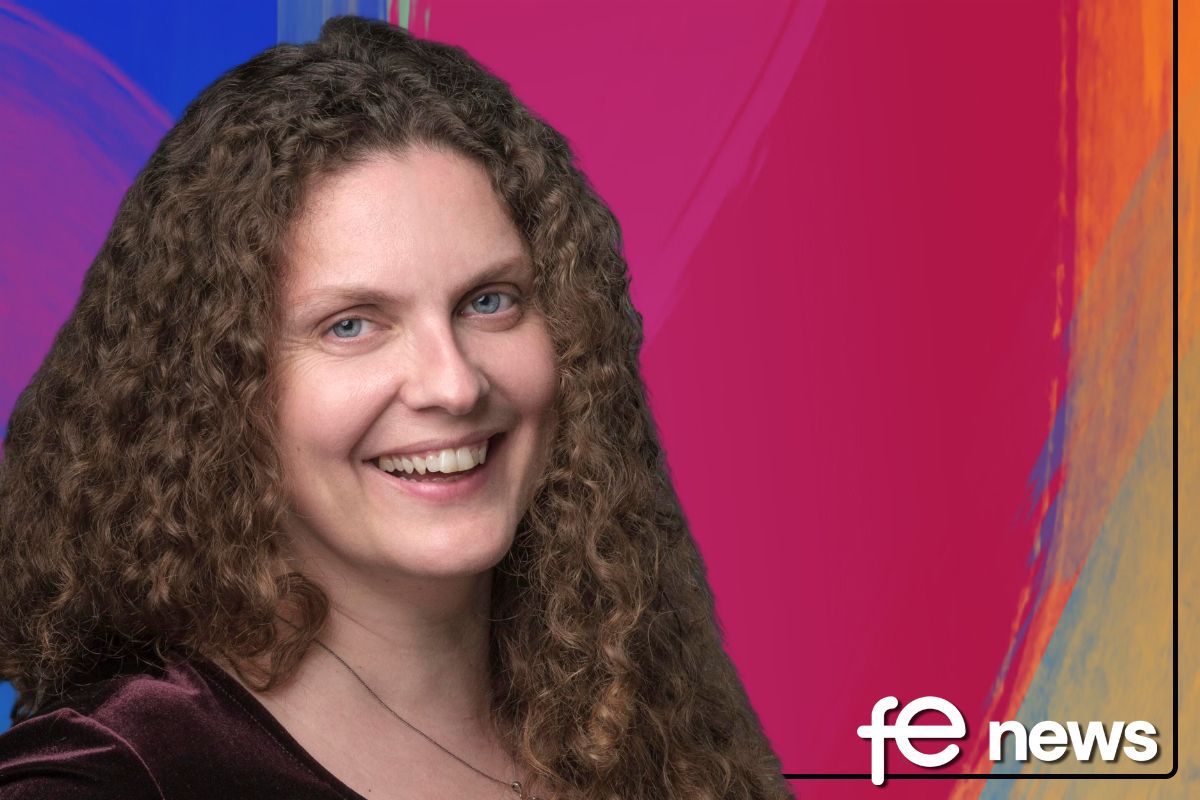All SET for teaching success: Why I swapped engineering for the FE classroom

Ellie Bennett has just completed a PGCE with the support of the Education and Training Foundation’s SET for Teaching Success programme, which is helping to boost the delivery of Science, Engineering and Technology (SET) in the FE Sector. Ellie was an architectural designer before making the transition into teaching in FE, and is now a Civil Engineering Lecturer at Stephenson College in Leicestershire. She is one of the first graduates from the SET for Teaching Success programme, which recruits, supports, trains and mentors industry professionals and academics with specialist technical expertise to teach SET in FE.
In this article Ellie explains how and why she decided to take the leap into teaching:
I have always wanted to teach and have taken every opportunity to pass information onto others. I believe strongly in sharing knowledge, and as much as I teach my learners, they teach me too. From my very first class as a teacher, I knew this was the job for me.
I continue to work as an architectural designer part-time because I feel that it is important to maintain current industry experience that I can pass on to my learners. I specialise in refurbishments, working on structures like hospitals and cinemas, as well as creating digitally engineered Building Information Models.
Why did you choose to teach engineering in Further Education in particular?
There will always be a need for engineers. There always has been. It is important for young women, and young men, to see women lecturers in their subject area.
It can be hard to explain certain theories at lower levels. However, I enjoy the challenge. Once I know that I can successfully explain something, I know that I thoroughly understand it. The majority of my learners are apprentices who value a mixed blend of theory with practical application. Their Level 3 and Level 4 knowledge gives them a solid foundation for a successful career.
There will always be a need for engineers. It is important for young women, and young men, to see women lecturers in their subject area.
It’s still relatively uncommon for women to go into engineering. What was the biggest influence for you in becoming an engineer?
My parents. My Dad is a design engineer. This backs up research which suggests that for most women in engineering, they have had strong influence from either close family or friends who also work in engineering.
Both my parents have influenced my choice of career. They have a wonderful innovative eccentricity which has instilled in me a natural curiosity and wonder for the world around me.
To sum them in up in one example, when they inherited my great-grandma’s wardrobe, they made it into a fridge!
They taught me how to change my perspective so that problems become challenges and opportunities for design solutions.
I think that I’ve inherited their eccentricity, or so my learners tell me!
What was your academic path?
I completed a BTEC HND in Building Studies from A-Levels. Then a BSc (Hons) in Architectural Visualisation. Both included engineering in structural mechanics and Finite Element Analysis (FEA).
I am now studying for a MSc in BIM (Building Information Modelling) and Integrated Design.
Tell us about some of your most significant experiences you‘ve had in industry
I’ve worked on a wide range of projects from hospitals to cinemas to residential.
One of the most exciting opportunities was working with the design team for rollercoaster rides. Each ride has its own challenges and it is exciting to work on projects that push engineering capabilities to the absolute limit, focusing on the end result of the thrill factor. In other words, the hairs standing up at the back of your neck moments!
How do your experience, skills and knowledge from industry inform and enhance you teaching? What advantages does this give you?
I have to prove myself to my students very quickly. They like to get the measure of my industrial skills. Once they see my skills, they settle because they know that I know what I’m talking about.
Because I’m still working in industry part time, my knowledge is current and I can relate theory to the kinds of problems that they are experiencing on site.
The construction industry is facing a huge digital revolution with the implementation of BIM. I need to be up-to-date with the changes that are happening in the industry so that I can bring those changes into the classroom. I want my learners to understand the philosophy behind the changes so that I can help to future-proof them.
How did the SET programme help you to transition into teaching?
The programme appealed to me because it has been designed specifically to help you to teach my SET subject specialism, and it allowed me to complete a one year intensive course at Level 7.
I had a lot of support from EMFEC (now the Skills and Education Group), who deliver the SET programme in the South, the SET teachers, my mentors, and my SET peers on the course. My colleagues and the management team at Stephenson College, my employer, also gave me much help and encouragement throughout the course.
It enabled me to try new ideas and reflect on whether or not they worked for my learners.
Within a couple of months of starting the SET programme, I found noticeable results in improved classroom behaviour, a reduction in late assignment submissions, and higher student satisfaction. The new methods of assessment that I was taught positively impacted on the learners and their grades.
What’s the best thing about teaching in FE?
It’s life changing.
I’ve seen first-hand how small interventions can help a learner to change their outlook, increase their self-efficacy, aim higher and achieve goals that they never believed they were capable of.
I’m very proud of my learners and the special role that they allow me to play in their lives. It is a privilege to teach in FE. And yes, it is fun!
Ellie Bennett, a Civil Engineering Lecturer at Stephenson College in Leicestershire.











Responses